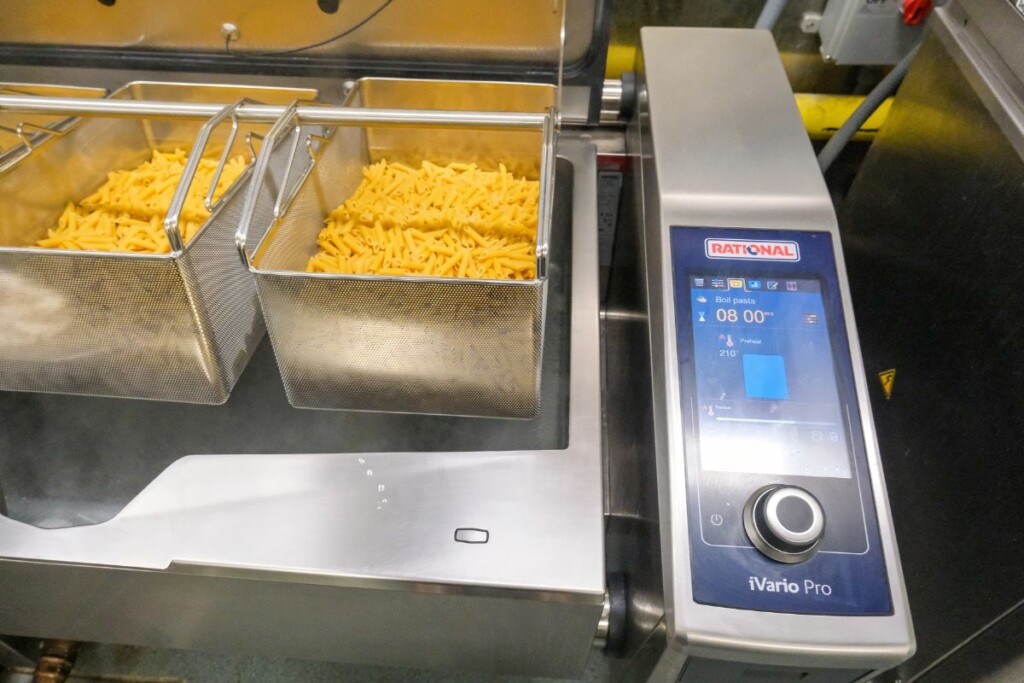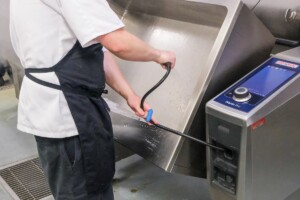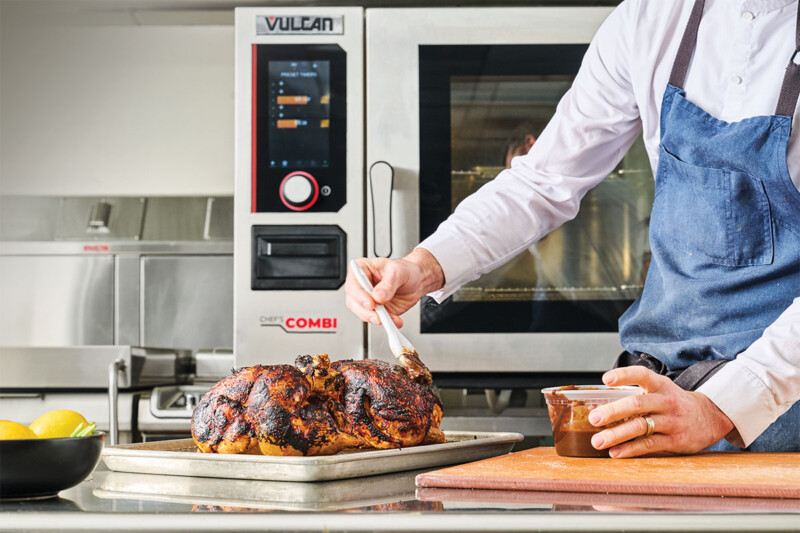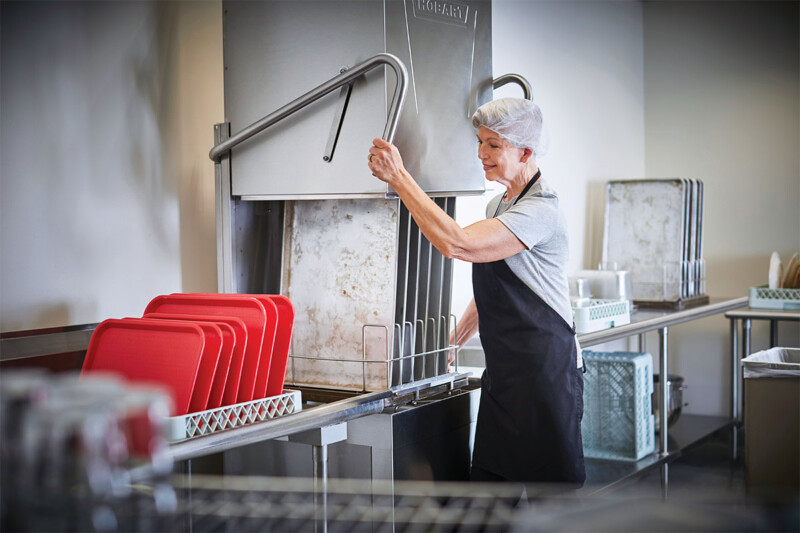SPONSORED CONTENT
How To Create a Healthy Kitchen
Steps toward a more comfortable kitchen can pay off in multiple ways.

A healthy kitchen can have a positive impact on customer service, attract and keep quality employees and even help meet pending regulations.
Kip Serfozo, design director at Cini-Little Int’l., says a comfortable work environment helps employees perform at their highest level. “If you don’t have a comfortable kitchen for employees, service levels will drop and customers will get upset,” says Serfozo, who holds a WELL AP credential for his expertise in the WELL Building Standard. And it helps attract and retain quality labor, he says, because the newest generation of culinary professionals expect a first-class environment like the one they trained in at school.
Pending regulations at the federal level by OSHA and recently approved standards at the state level by Cal/OSHA aim to prevent heat-related illnesses and injuries in kitchens. These efforts show that operators need to have a plan if kitchens reach a certain temperature.
For all these reasons, Serfozo points to steps operators can take to improve their kitchen environment.
Focus on Equipment
Operators can create a healthy kitchen by choosing equipment that radiates as little heat as possible and that is automated, safe and quiet.
Operators specifying cooking equipment will want to consider efficient electric models, such as those from RATIONAL, as they put out less heat when compared with typical convection models. As a bonus: Less heat means the exhaust hood pulls fewer cfm, leading to a quieter kitchen, Serfozo says.
Automation makes a difference. RATIONAL, for example, offers self-cleaning functions, such as the iCareSystem AutoDose for its iCombi Pro tabletop models, to simplify routine duties. It also offers automatic tilt instead of manual tilt on its iVario Pro to make moving gallons of product easier for employees. Meanwhile, some manufacturers deliver robotic arms to keep employees from having to do repetitive tasks, improving ergonomics.

An automatic tilt feature on the iVario makes for easy cleaning.
Watch for safety features, too, Serfozo says. Specify a slicer with a locking feature on the blade removal tool, for example, to reduce the risk of injury during cleaning. And look for equipment with a low decibel level for a quieter kitchen. Examples include blenders with sound enclosures, well-insulated dishmachines and worktables with sound deadeners.
Around the Kitchen
One of the biggest misconceptions operators have about making a healthy kitchen is that it’s super-expensive or hard to do, Serfozo says. But there are small things—from painting the walls to adding carts—that can go a long way.
“The wall color is really important in kitchens,” Serfozo says. “It shouldn’t be white. If you have white walls, stainless tables and LED lighting, you get a lot of reflective glare off the stainless and over an eight-hour period, it wears on people.” He recommends peach, light blue, light gray or even just off-white walls.
Carts can help employees transport heavy things, like pots and pans or bags of flour or rice. Other easy fixes include outfitting kitchens with anti-fatigue floor mats, first aid kits and, where it’s hot, personal fans.
Remember, too, that a kitchen doesn’t have to be hot. “A lot of times, people think kitchens should be hot because that’s the way they’ve always been,” Serfozo says. “But if they get into the right mindset where it doesn’t have to be that way, they can do things like reach out to the facility engineers to see if they can make an adjustment, like moving more air conditioning into the space.”
Overall, there are many steps operators can take to offer a less stressful kitchen, Serfozo says. He points to the WELL Building Standard at wellcertified.com as a resource for more ideas. Every effort helps keep employees happy and customers coming back.
RELATED CONTENT
- Advertisement -
- Advertisement -
- Advertisement -
- Advertisement -
TRENDING NOW
- Advertisement -
- Advertisement -


